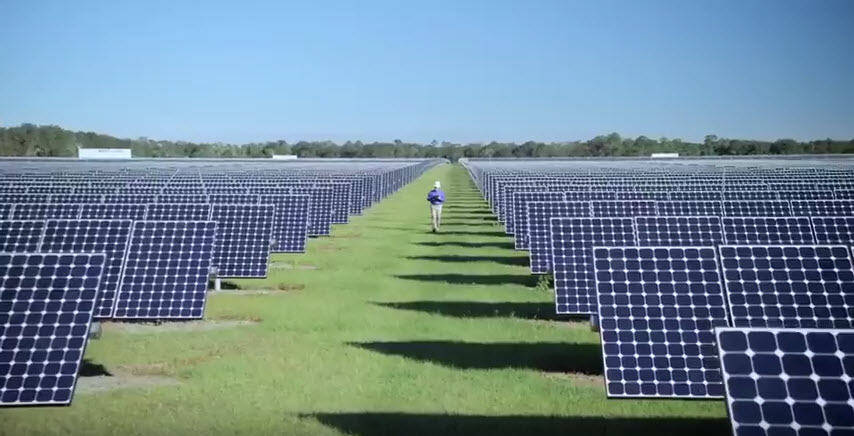For years, the development of the Southeast solar market has been led by North Carolina, however the state’s historical dominance in the region has ended, according to the fourth annual Solar in the Southeast report from the Southern Alliance for Clean Energy (SACE).
2020 proved to be the final year of regional solar leadership for North Carolina, as already in 2021, Florida has surpassed the state in terms of total installed capacity and South Carolina has eclipsed it on a solar watts per customer ratio. Florida nearly overtook North Carolina in 2020, finishing the year with 3,909 installed MW, compared to North Carolina’s 3,955 MW. In the coming years, Georgia is expected to surpass North Carolina on both of these metrics with SACE placing the timeline for that passage at four years.
When it comes to utility solar watts per customers, Duke Energy Progress (DEP) reclaims the top spot for North Carolina, offering roughly 1,950 watts per customer. In this metric, DEP is followed by Dominion Energy South Carolina (1,336 watts/customer), Tampa Electric (769 watts/customer), Georgia Power (669 watts/customer), and Duke Energy Carolinas (591 watts/customer).
The impressive new addition to this top-five is Tampa Electric, which increased its watts per customer ratio by two-thirds in 2020.
The report also includes an outlook of utilities that SACE expects to make major solar progress over the next four years, with these utilities being dubbed Sunrisers. The Knoxville Utilities Board, after an explosive 2020 that saw the addition of 502 MW in solar commitments, is expected to reach a 2024 benchmark of 2,552 watts/customer. Other Sunrisers were Mississippi Power for adding two 78.5 MW systems to its portfolio and Tampa Electric for a continued commitment to solar.
Of course, no state can achieve such heights in commitment to solar without strong policy supporting the resource. SACE states in the report that it supports the call for a federal Clean Electricity Standard (100% by 2035), adding that North Carolina’s state-level renewable portfolio standard, enacted in 2007, deserves credit for catalyzing the state’s historic solar momentum. A federal mandate could be effective towards giving solar a foothold in states/utility service areas where it has not yet been successful.
The report also calls attention to contractual relationships across state lines, saying that these types of supply deals may warrant additional scrutiny to ensure proper accounting and transparency. It highlights the fact that more than half of the solar being constructed to supply the Knoxville Utilities Board in Tennessee is being constructed in Mississippi.
This content is protected by copyright and may not be reused. If you want to cooperate with us and would like to reuse some of our content, please contact: editors@pv-magazine.com.









By submitting this form you agree to pv magazine using your data for the purposes of publishing your comment.
Your personal data will only be disclosed or otherwise transmitted to third parties for the purposes of spam filtering or if this is necessary for technical maintenance of the website. Any other transfer to third parties will not take place unless this is justified on the basis of applicable data protection regulations or if pv magazine is legally obliged to do so.
You may revoke this consent at any time with effect for the future, in which case your personal data will be deleted immediately. Otherwise, your data will be deleted if pv magazine has processed your request or the purpose of data storage is fulfilled.
Further information on data privacy can be found in our Data Protection Policy.